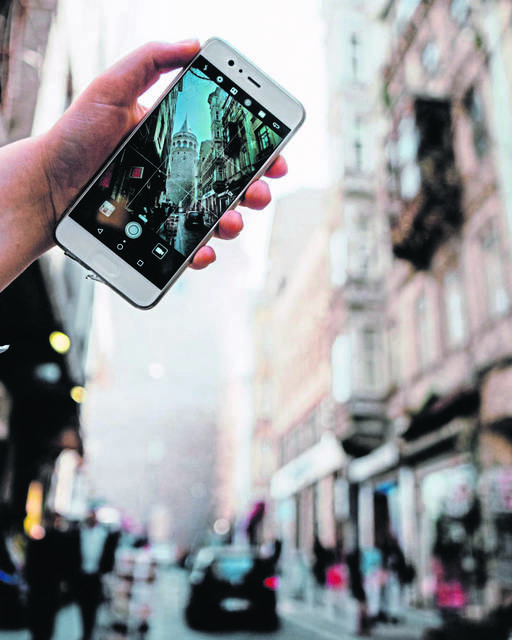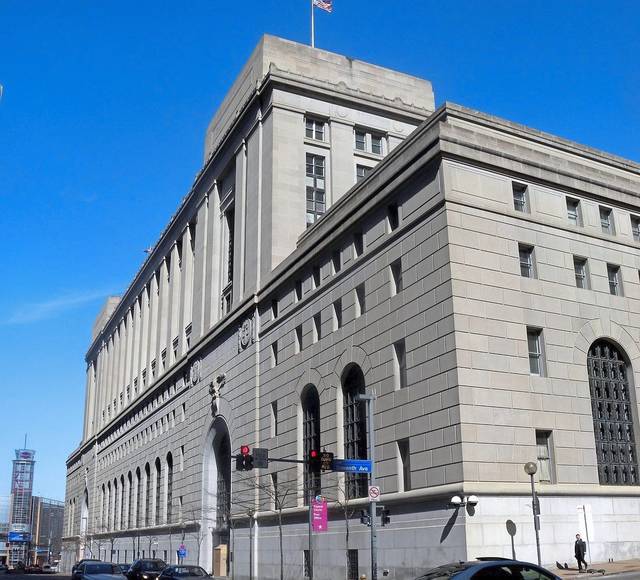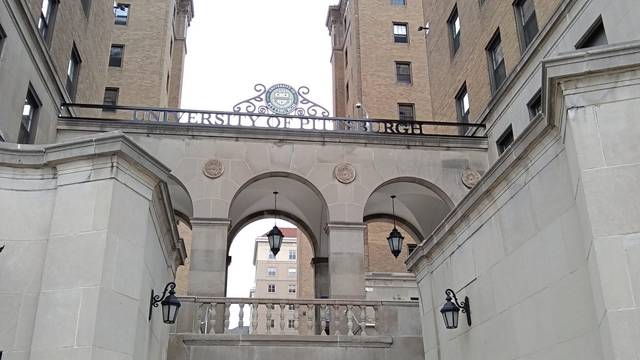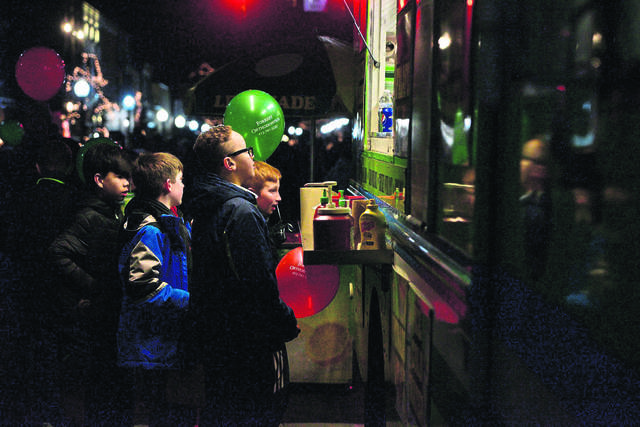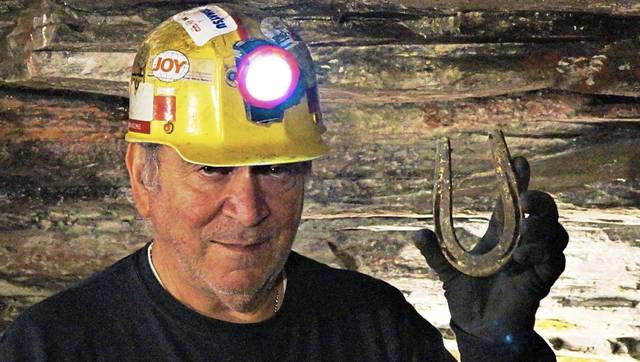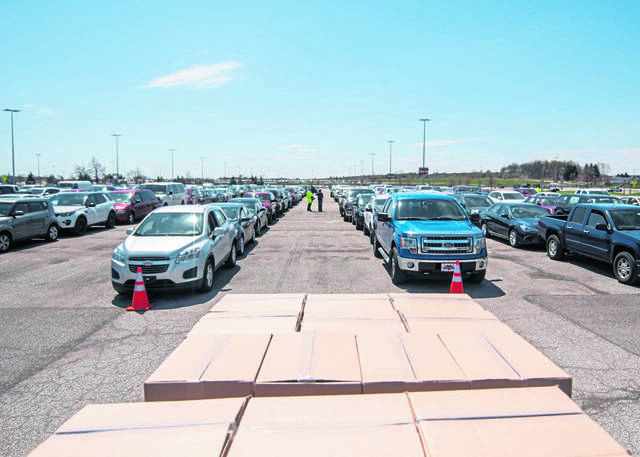A Carnegie Mellon University professor has created a smartphone app to trace people’s exposure to covid-19, using a technology that he says is more accurate than software proposed by tech giants.
Known as “contact tracing,” the process has been widely debated in the U.S., especially after tech companies Apple and Google announced they were teaming up to develop their own application. Using the Bluetooth signal that smartphones are always sending to one another, their app will notify people when they come into contact with a person who — while anonymous — has self-identified as testing positive for covid-19.
But even before Apple and Google made their announcement April 10, contact tracing has been widely used overseas to curb the spread of the pandemic, in places like South Korea, China and Singapore. Experts say that while data privacy should be closely monitored using these apps, they present an opportunity to limit the spread of disease and a path to reopening the country.
The same mindset is what drove Po-Shen Loh, an associate professor of mathematics at CMU, to develop his own version of a contact tracing app.
“I had an idea of how to help the world return to normalcy,” he said in a statement.
But Loh’s app, called NOVID, is different from those proposed by Apple and Google. Instead of using Bluetooth to trace user contact, it uses ultrasound technology, which emits and records sound waves.
NOVID is the first tracing app to use the technology, according to Carnegie Mellon.
Like the Bluetooth apps in development, NOVID works by allowing users to self-report if they have tested positive for covid-19. It does not require the user to provide any personal information.
Then, it periodically senses how close a user is to another anonymous person using the app.
While Bluetooth can note when two smartphone users are in the same general vicinity by measuring signal strength between devices, Loh said ultrasound is more precise.
Ultrasonic sound waves emit frequencies outside the range of human hearing. NOVID uses a formula to calculate the distance a sound wave traveled from one smartphone user to another. Loh said ultrasound can determine distance within an accuracy of several feet — ideal for maintaining the social distance recommendation of 6 feet.
Bluetooth, meanwhile, can be hindered by the phone’s signal strength or if it is inside a pocket or purse.
“Contact tracing will play an important role in getting people safely back to their normal activities,” Loh said. “This can be automatically achieved by mobile apps, but only if they can accurately sense distance between people.”
To develop the app’s user interface, Loh drew on help from Dean Dijour and Bennett Huffman, two CMU students majoring in human-computer interaction and information systems. The students tested dozens of app mock-ups with people of all ages.
NOVID has been developed as an Android app and is awaiting approval for Google Play. The CMU team is still developing an iOS version for use on Apple products.


